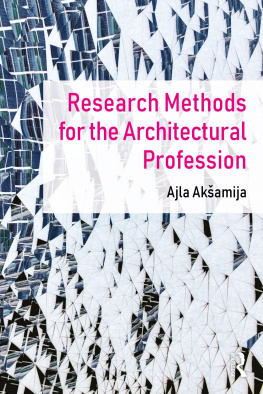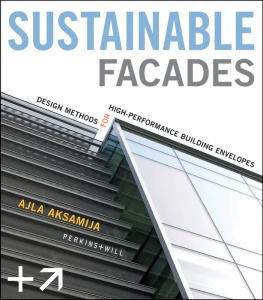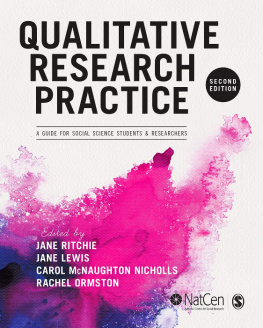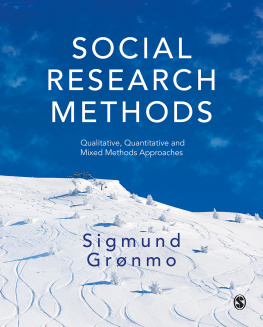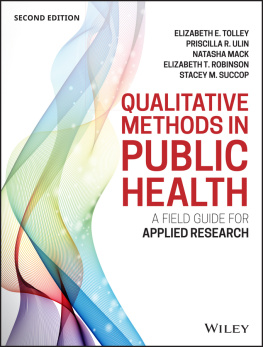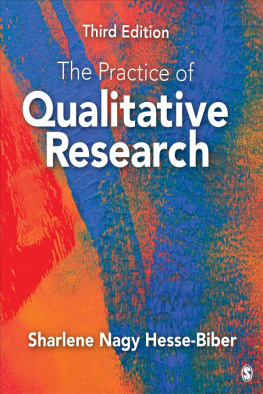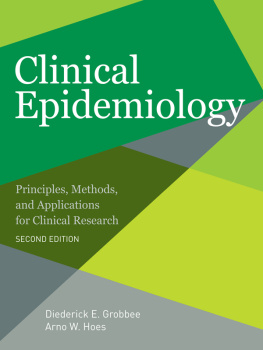The research methods book that has been missing from architectural practice has finally been written! Here is the first architectural research methods book written with the practitioner and studio student in mind. Illustrated extensively with both highly informative diagrams and illuminating case studies, Research Methods for the Architectural Profession clearly and compellingly presents research as it may interact with the design process as found in practice. This book is a must have for those in architecture and interior design who seek guidance on how to engage in meaningful and informative research in the real world and produce better designs as a result.
Keith Diaz Moore, Dean, College of Architecture and Planning, University of Utah
A comprehensive guide to understanding the why, what, when, how, and who needed to conduct and apply research in architectural practice. This book contains important motivations, definitions, categorizations and examples that demystify the process and make research more broadly relevant and applicable to the profession. It should be useful to students, researchers, and professors, as well as all levels and disciplines of architecture, engineering, construction, and operations, as the industry pivots to a more objective, data-driven approach to the built environment.
John Haymaker, PhD, AIA, Director of Research, Perkins and Will
Research Methods for the Architectural Profession succinctly presents qualitative, quantitative, and experimental methods relevant and useful in the architectural profession, academia, and research organizations. The book refreshingly distinguishes itself by avoiding jargon and providing clear examples of various approaches in the primary subject areas in architecture: architectural history and theory, social and behavioral studies, environmental, technology, building systems, economics, and design process. Readily adoptable for research methods and professional context courses and those in collaborative research practices!
Alison G. Kwok, PhD, LEED AP, CPHC, Professor, University of Oregon
Akamijas is a unique and energetic voice bridging the architectural profession and the academy. The challenges facing humanity demand innovation on a massive scale; nowhere is this truer than with buildings and urban habitat. There has been little convergence within the profession on the role of research in architectural education and practice. Akamija provides a broad context for consideration, but most importantly, she accurately ties the future of the architectural profession to an integration of research and practice and conveniently lays out a roadmap for research-based architectural practice.
Mic Patterson, PhD, LEED AP BDC, Ambassador of Innovation & Collaboration, Faade Tectonics Institute
In todays world we confront unprecedented problems in environments hallmarked by escalating complexity. Architects and designers are increasingly challenged to render potent decisions in a daunting milieu, with expectations to do so with skill, evidence and efficacy. Responding to growing demands for architects to be better equipped to operate in these emerging conditions, Ajla Akamijas book, Research Methods for the Architectural Profession , proves timely, informative and inspiring. Written with clarity and readily accessible to a broad readership, Professor Akamija presents us with a valuable and comprehensive array of chapters that meaningfully inform architects on research strategy, methods, integration and application.
Dr. Brian R. Sinclair, PhD DrHC FRAIC AIA (Intl), Professor of Architecture + Environmental Design | Former Dean, University of Calgary + President of sinclairstudio inc.
Research Methods for the Architectural Profession
Research Methods for the Architectural Profession introduces research as a systematic process, describes how to formulate research questions, provides an in-depth explanation of different research methods (qualitative, quantitative, and experimental), and explains how to select appropriate research methods and execute research studies. It describes the process of documentation, knowledge dissemination, and application of research results in architectural design and practice. Most importantly, it provides guidelines for integrating research into the profession and uses extensive case-studies and practice-relevant examples to illustrate the main concepts, procedures, and applications.
Integrating research into practice is essential for developing new knowledge, solving design and technical problems, overcoming different types of challenges present in the contemporary profession, and improving design outcomes. Innovation requires a much stronger correlation between research and design, and it is pertinent for the future of architectural practice that research becomes an integral part of the architectural profession. This book provides a roadmap for successfully integrating research into architectural design and for establishing innovative practices, regardless of a firms size.
Written by an architecture professor with an extensive research and professional backgroundspecifically focusing on integrating research into practiceand richly illustrated with over 150 color images, this reference will be useful for both students and practitioners.
Ajla Akamija , PhD, LEED AP BD+C, CDT is a faculty member in the Department of Architecture at the University of Massachusetts Amherst. Her interdisciplinary research expertise includes performance-based design, building science, building enclosures, emerging building technologies, digital design, and innovations in architecture.

